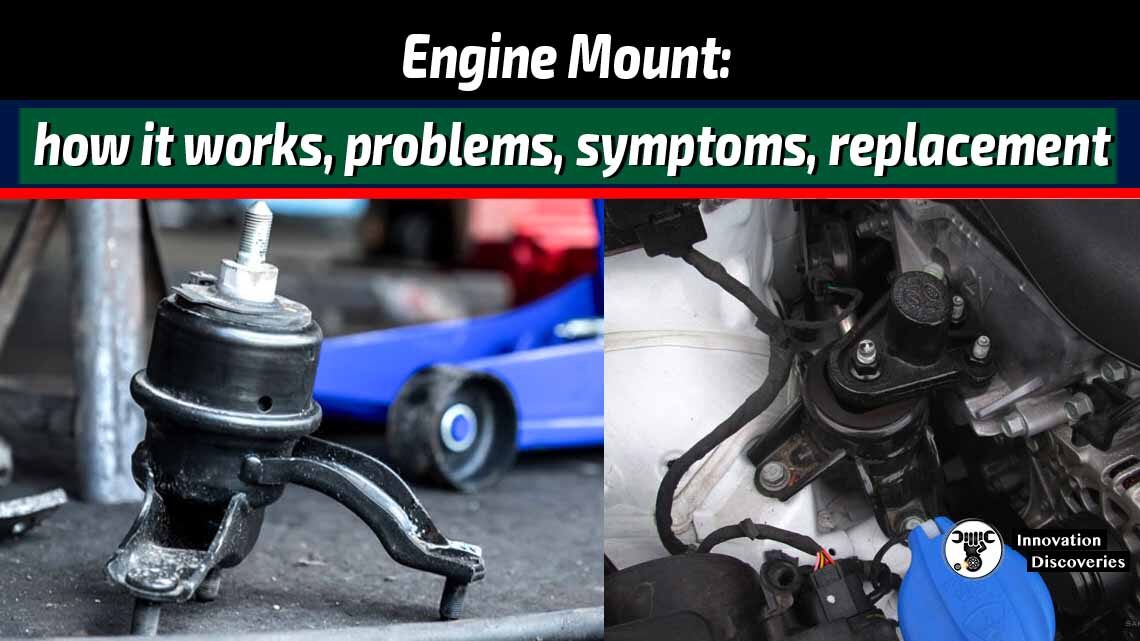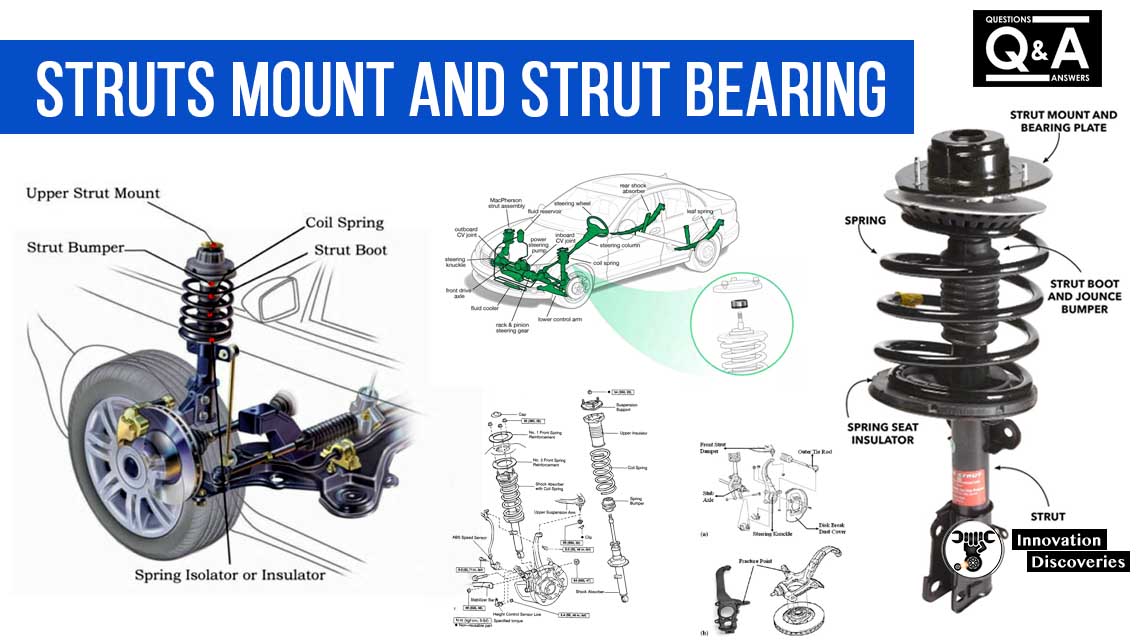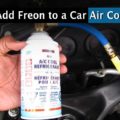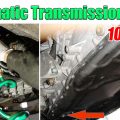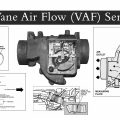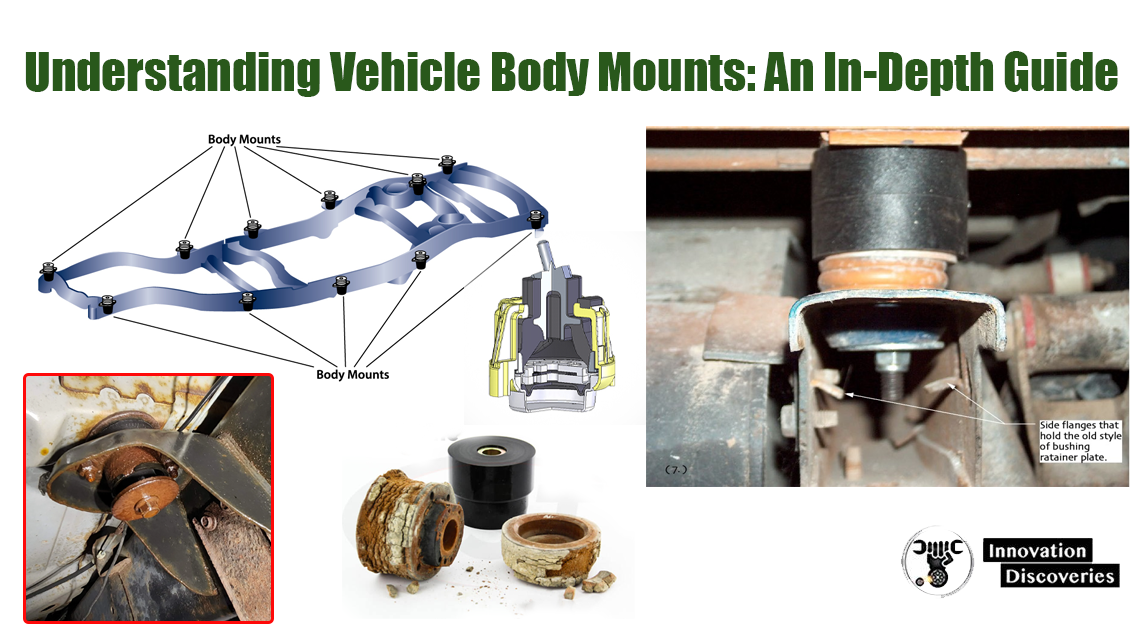
When you hear “vehicle body mount,” it’s easy to think about all the flashy parts of a car—like the engine, wheels, or paint job. However, the body mount plays a crucial role in ensuring a smooth ride, reducing vibrations, and maintaining the vehicle’s structural integrity.
This guide delves into what a body mount is, why it’s essential, and how to identify and address issues related to it.
What Are Body Mounts?
Body mounts are components that connect the vehicle’s body to its frame. They’re generally made of rubber or polyurethane, providing a buffer between the rigid metal parts to reduce vibration and noise.
These mounts act as a cushion, absorbing road shocks and minimizing vibrations from the engine or drivetrain.
Why Are Body Mounts Important?
Body mounts are essential for several reasons:
- Vibration and Noise Reduction: A significant function of body mounts is to dampen vibrations and reduce noise from the road and engine. Without them, you’d feel every bump and hear every noise, making for an uncomfortable driving experience.
- Structural Integrity: Body mounts ensure that the body of the vehicle is securely attached to the frame. A broken or worn body mount can lead to misalignment, causing other parts to wear prematurely or even affecting steering and suspension performance.
- Safety: In the event of a collision, body mounts play a role in absorbing impact. They can prevent the body from shifting excessively, reducing the risk of further damage or injury.
Common Signs of Body Mount Wear
Like any vehicle component, body mounts can wear out over time. Here are some common signs indicating they might need replacement:
- Increased Noise and Vibration: If you start noticing more noise or vibration in the cabin, it could be due to worn body mounts.
- Uneven Gaps: Check the gaps between the body and the frame. If they’re uneven, it’s a clear sign of body mount issues.
- Unusual Steering Behavior: Worn body mounts can affect steering alignment, leading to drifting or instability.
- Body Movement: Excessive body movement when driving over bumps or during sharp turns can indicate worn or damaged mounts.
How to Inspect Body Mounts
To inspect body mounts, you need to have the vehicle on a lift or jack stands for a closer look. Here’s a basic step-by-step process for inspection:
- Secure the Vehicle: Ensure the vehicle is on a stable lift or jack stands. Safety should always be your top priority.
- Locate the Body Mounts: Generally, body mounts are located at various points along the frame, connecting it to the body. Check your vehicle’s service manual for specific locations.
- Visual Inspection: Look for signs of cracking, excessive wear, or complete disintegration. Pay attention to any gaps or misalignments.
- Check for Looseness: Try to move the body relative to the frame. If there’s excessive movement, it might indicate a problem with the body mounts.
Replacing Body Mounts
If you determine that the body mounts need replacement, it’s best to consult a professional mechanic. The process can be complex and often involves lifting the body off the frame, requiring specialized tools and equipment. However, here’s a general overview of the process:
- Remove the Old Mounts: After securing the vehicle, unbolt the old body mounts. This might require accessing hard-to-reach areas, so be prepared for some elbow grease.
- Install New Mounts: Install the new body mounts, ensuring they’re properly aligned with the frame and body. Torque the bolts to the manufacturer’s specifications.
- Recheck Alignment: After installing new mounts, check for any misalignments or gaps. Adjust as needed.
- Test Drive: Once everything is reassembled, take the vehicle for a test drive to ensure the new mounts are functioning correctly. Listen for any unusual noises or vibrations.
Conclusion
Body mounts may not be the most glamorous part of a vehicle, but they’re crucial for comfort, safety, and structural integrity. Regular inspections and timely replacements can save you from costly repairs and ensure a smooth driving experience.
If you suspect body mount issues, consult a professional mechanic for a thorough assessment and replacement if necessary.
Read More:
Visit Forum
Visit Our Friendly Website


